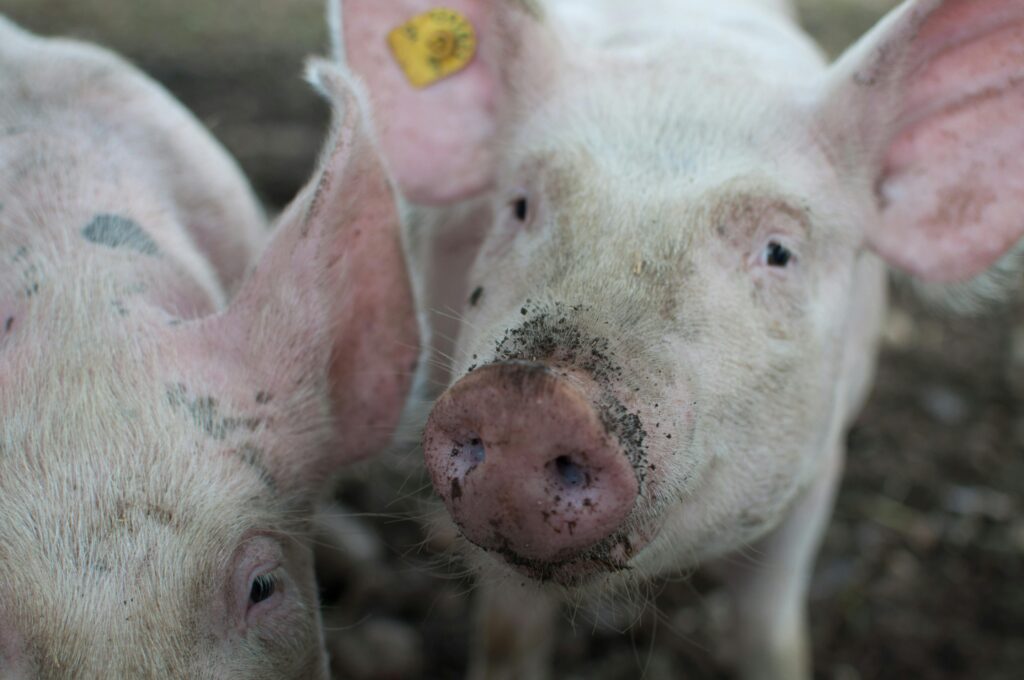
In swine production and exhibition, ear notching serves as a reliable and time-tested method for identifying pigs and documenting lineage. Understanding how to read pig ear notches is a key skill for managing herds, keeping accurate records, and supporting ethical breeding practices. This guide breaks down the universal notching system so you can approach each pig with clarity and confidence.
What Is Ear Notching?
Ear notching is a form of permanent identification used in the swine industry. It involves making small, V-shaped notches at specific locations on a piglet’s ears using special ear notching pliers. This system provides a visual representation of the pig’s litter number and individual pig number and is widely accepted by producers and extension swine specialists alike.
Understanding the Universal Ear Notching System
The universal ear notching system separates identification into two parts—one ear represents the litter, and the other identifies the individual pig within that litter.
- Right Ear = Litter Number
- Left Ear = Individual Pig Number
Think of it from the pig’s point of view… their right ear (your left when facing them) is where you’ll find the litter number. The left ear (your right) shows the individual number.
How the Notching System Works
Each ear has five locations, and each location corresponds to a specific numerical value. By adding up the values of the notches in each ear, you can determine the pig’s identity.
Right Ear (Litter Number) Values:
- Bottom outside edge = 1
- Bottom inside edge = 3
- Top outside edge = 9
- Top inside edge = 27
- Tip of ear = 81
A pig can have two notches in the same location but not more than two in the same spot. If a pig has notches in the 3 and 9 locations on the right ear, the litter number is 12.
Left Ear (Individual Number) Values:
- Bottom outside edge = 1
- Bottom inside edge = 3
- Top outside edge = 9
The maximum individual number is 26, allowing for easy identification of piglets within the same litter.
Tips to Determine Pig Identity
- Always face the pig when reading notches. This helps avoid confusion between the left and right ears.
- Add the values of each notch location to determine both the litter and individual numbers.
- Practice using examples or diagrams to become familiar with the system. You’ll often see similar notches among pigs from the same litter, with only the left ear differing to reflect each pig’s unique number.
- Use flashcards or printable charts to help youth in 4-H or FFA programs visualize and memorize the values of each location.
- Don’t forget to double-check your counts; sometimes, notches can be small or partially healed, making them tricky to see.
Why Ear Notching Matters
Ear notching isn’t just about organization; it plays a critical role in swine management and breeding. Here’s why producers continue this practice:
- Permanent ID: Unlike ear tags, which can fall off or fade, ear notches last the pig’s lifetime.
- Track lineage: Keep accurate records of breeding programs and genetic performance.
- Promote welfare: Proper notching at 1–3 days old minimizes stress and ensures healthy healing.
- Support education: Youth involved in showing pigs learn responsibility and animal husbandry through identification and recordkeeping.
According to many university extension swine specialists, mastering the ear-notching system is foundational for anyone working with pigs, especially those participating in livestock shows, breeding programs, or commercial operations.
A Quick Example:
If a pig has notches at the 9 and 3 locations on the right ear, the litter number is 12.
If the left ear has a single notch in the bottom inside (3) location, that pig is individual #3 from litter 12.
Final Thought
Reading pig ear notches is like learning a new language—once you know the basics, it becomes second nature. From show barns to breeding facilities, this method helps producers, youth, and judges alike maintain accuracy, accountability, and consistency.
Visit Livestock Show Specs
Livestock Show Specs brings all your show ring essentials together in one place. From trusted breeders and event listings to high-quality feed and expert insights, it’s the ideal resource for every kind of show family. Get the tools, connections, and support you need to stay organized, informed, and competitive in the livestock world.
Visit Livestock Show Specs today and join a hub built by enthusiasts for enthusiasts.